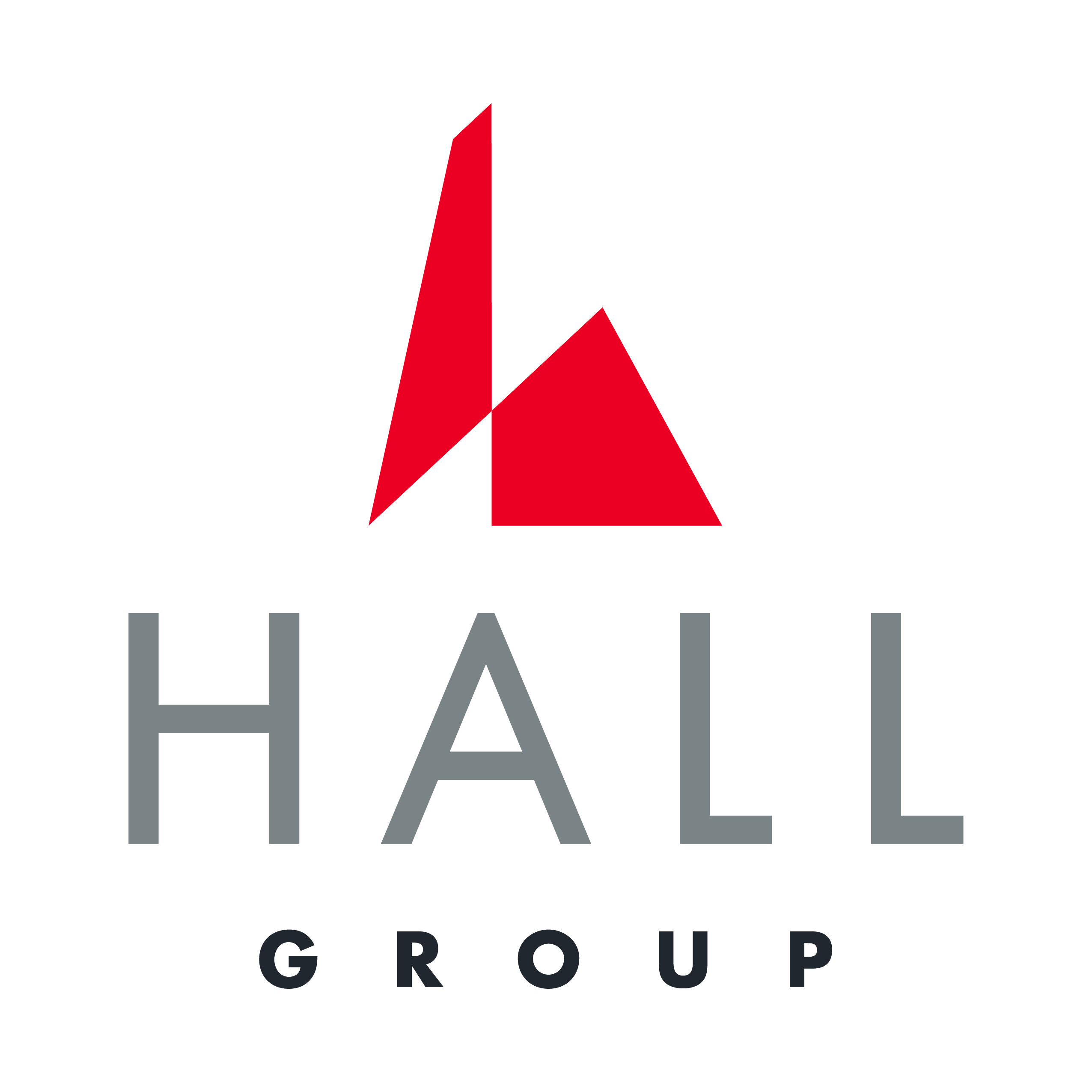A Look Back At The 2017 Capital Markets Landscape

CRE borrowers entered 2017 with concerns. A new White House administration, the prospect of rising interest rates and the enforcement of risk retention rules cast doubt on the stability of the lending landscape.
As the year draws to a close, and as CRE professionals prepare for 2018, Bisnow looks back on some of the key trends that defined this year’s commercial lending activity.
Banks show signs of cautious optimism and slow growth
Post-recession financial regulations like Dodd-Frank and Basel III created caps on how much risk banks and other large institutions could take on. The regulations required lenders to keep 5% of the value of any loan on their balance sheets, rather than selling it entirely in the form of bonds.
The restrictions did not stop continued CRE transactions, although they did slow growth in the financial sector. U.S. banking grew by over 5% between Q1 2016 and Q1 2017, below year-over-year growth between 2014 and 2016. CRE loan volume grew by almost 10% between Q1 2016 and Q1 2017.
Large deals could be masking an overall dip in activity. In New York City, the top five loan originations in Q2 accounted for over 20% of the total loan amount originated in the quarter.
Overall, CRE origination in NYC was flat in Q2 year-over-year, at $24B, a 12% dip from Q2 2015 to Q2 2016.
Traditional lenders have also continued to avoid volatile real estate projects like hospitality or value-add multifamily in favor of stabilized properties. A pullback in construction financing and higher capital costs are also contributing to a conservative lending atmosphere.
The rise of interest rates
The Federal Reserve announced plans to make several interest rate increases throughout 2017 in an effort to curb inflation. In June, the central bank raised its key rate target to a range from 1% to 1.25%, its second increase this year. The commercial real estate market's deal volume has dropped in recent quarters as rising interest rates have increased financing costs and caused a divergence in pricing expectations among buyers and sellers.
Interest rates still remain low globally and in the U.S. despite the increase. But that may not continue into 2018. Investors earlier this month predicted a 93% chance of another interest rate increase in December.

Alternative lending boom
While institutions have become more selective, direct lenders are accumulating more money and pursuing a variety of CRE deals. About $13.3B was raised globally in Q1, more than half the total for 2016. As of June 2016, private credit providers had $595B in assets under management.
For high-volatility real estate assets like hospitality, nonbank lenders offer a higher probability of financing with fewer restrictions. From direct lenders to crowdfunding platforms, borrowers have more options for sourcing debt.
“Year-to-date, we have seen an average loan size exceeding $25M, with 80% of these loans financing the construction of new hotels for major hotel flags, including Marriott, Hyatt and Cambria," HALL Structured Finance President Mike Jaynes said. "The need for alternative forms of financing has grown beyond niche, smaller projects to include institutional hospitality developments across the U.S. Based on our current pipeline and what we are seeing in the market, we anticipate that this will continue into 2018."
Alternative financing is no longer a niche choice for smaller businesses. Major companies like Marriott are turning to the private lending market. Earlier this month, HALL Structured Finance closed a first lien construction loan totaling $22.8M to finance the adaptive reuse of the historic Southwestern Bell Telephone Co. office building in Downtown Houston into a 150-room Hyatt Place Hotel.
HALL Structured Finance originates loans secured by commercial real estate projects throughout the U.S. The lender primarily provides first lien debt for ground-up construction, adaptive reuse, major asset repositioning and renovation projects, with a strong focus on the hospitality industry.
The lender hit $250M in loan closures for the year and is set to reach its $300M benchmark, a testament to the growing influence of nonbank financing.
While 2017 was relatively stable, the outlook for 2018 is uncertain because the wall of loan maturities should start to come down. The market will also continue to be in what has already been a prolonged recovery cycle.
To learn more about this Bisnow content partner, click here.

